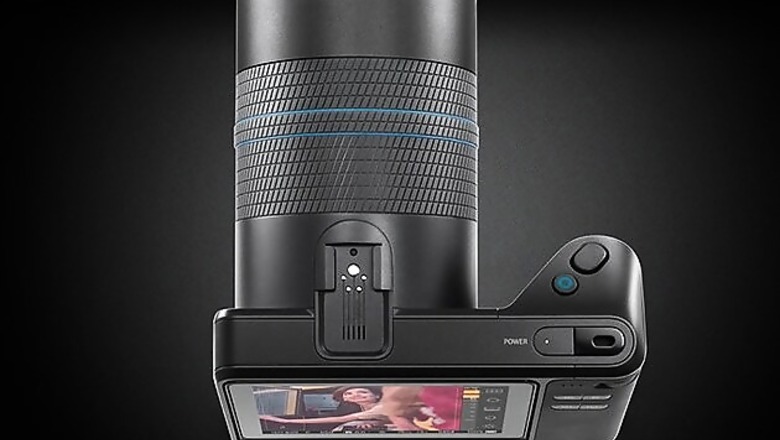
views
San Francisco: In 2011, Lytro Inc dazzled the consumer gadget world when it introduced a pocket flashlight-sized gizmo that could take "living" pictures - images that could be refocused after the shutter clicked.
On Tuesday, the Silicon Valley company unveiled a bigger, more expensive camera designed to make a "do-over" a reality instead of a photographer's dream.
The Lytro Illum, priced at $1,599, is marketed as a legitimate tool for commercial photographers and advanced amateurs who want to differentiate their work in an age of Instagram and "commodotised imaging," Lytro founder Ren Ng said.
The original camera, which was priced at $399, was mostly a niche product that sought to prove the viability of light-field photography. Lytro has declined to provide sales figures for that model.
Ng said it made the most sense for his company to target the $20 billion high-end camera market due to the growing ubiquity of smartphones. His cameras share many components, such as sensors, with high-powered digital single-lens reflex cameras, known as DSLRs.
Like its predecessor featuring the ability to "focus after you shoot," the Illum captures the three-dimensional data in light rays. The technology lets the user adjust the plane of focus or slightly tilt or shift perspective after the shot.
Unlike the original Lytro camera, however, the Illum resembles a traditional DSLR, featuring a 30- to 250-mm equivalent F/2 lens, a 1-inch sensor and a sleek black body with a shutter button, SD memory cards and a 4-inch touchscreen display. Its sensor captures 40 "megarays," but the still images have the equivalent resolution of roughly 4 megapixels, Ng said.
Ng, who founded the company in 2006 after pursuing light-field imaging research as a Stanford University graduate student, has become its chief evangelist, promoting light-field pictures as "photography 3.0" to succeed film and traditional digital images.
"It's targeted to creative pioneers, the people who embraced color technology when it came out, when many people felt photography was about black and white," Ng said in an interview, adding that he believes "this transition from digital to light-field" technology will transform photography.
The basic technology, known as plenoptic photography, has been around for more than a century. But for decades, the field lacked the computational algorithms to process the images in new and useful ways. In 2004, Ng and his Stanford computer graphics team demonstrated that light-field cameras with high-powered graphics processors could have mass-market appeal by letting users refocus images.
Lytro's computational software gives the Illum the ability to digitally correct optical aberrations inside the camera - to a certain extent solving flaws that have plagued lens designs for hundreds of years.
Although Lytro remains one of the leaders in the consumer sector of the budding light-field photography industry, the privately held company faces mounting competition.
Mitsubishi and various research organizations have advanced light-field research in industrial applications. Pelican Imaging, a Mountain View, California-based startup in which Nokia Oyj has invested, has said it would release a plenoptic camera in a smartphone sometime this year.
The relationships that Lytro built with component manufacturers for the Illum's production could help the company mass-produce cameras in the future, Ng said.
"Now that we're a hardware-software platform, there's a lot of room for advancement," he said.




















Comments
0 comment